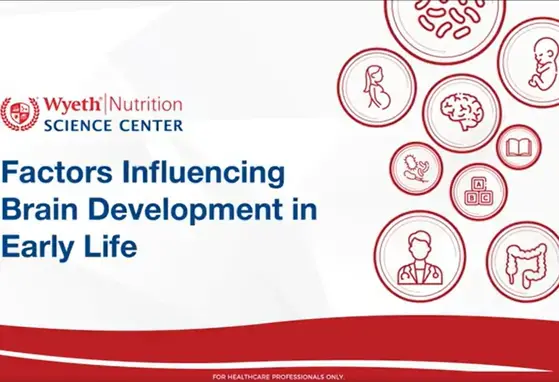[Literature library] Human milk oligosaccharides and infant gut microbiota

This is a review article summarizing current knowledge of human milk oligosaccharides (HMOs) including possible HMO utilization strategies of major infant gut bacteria, associated effects of HMOs on infant gut microbiome, as well as immune function.
Structural characteristics of HMOs
- More than 200 different structures have been identified so far
- The diversity and composition of HMOs vary significantly between individual woman and lactation stages of the same woman
- 3 main HMO structural groups:
- Fucosylated (35-50%)
- Non-fucosylated neutral (42-55%)
- Sialylated (12-14%)
HMO utilization strategies of Bifidobacteria
- Genes encoding specific HMO degrading enzymes (glycosidase and transporter) are particularly found in Bifidobacteria
- 2 primary utilization strategies:
- Intracellular way: transporter-dependent
- Extracellular way: glycosidase-dependent
HMO utilization strategies of Bacteroides and Lactobacillus
- HMOs are degraded by Bacteroides to various degrees via a variety of strategies
- Information on HMO utilization strategy of Lactobacillus species is very limited
Cross-feeding effects
- HMOs are partially or completely degraded in the infant colon
- HMO degradation products of a certain bacterial strain can be further degraded by the other strains
- Cross-feeding promotes metabolism of HMOs to the greatest extent, and the growth of non-HMO consumers
- This mechanism is especially important among bifidobacterial species
Associated effects of HMOs
On immune functions
- Direct: by regulating gene expression of epithelial cells, immune cell responses, or immune function in the intestine and other sites
- Indirect: by modulating infant microbiota composition and the metabolites
On intestinal immunity
- The structural similarity of HMOs to the surface glycans of gut epithelial cells enables them to prevent pathogenic infections by binding pathogens to gut epithelial cells
- HMOs can regulate gene expression of gut epithelial cells, which further blocks the contact between pathogens and gut epithelial cells
- HMOs individually or in combination promote the maturation of intestinal epithelium cells
- LNnT and 6’-SL: reduce cell proliferation
- LNnT: reduce permeability of epithelial cells
- 2’-FL, 3-FL and 6’-SL: reduce cell proliferation, promote differentiation and maturation of epithelial cells
On infant microbiome
- Cross-feeding on HMOs contributes to establishment of infant microbiome, by supporting colonization of various bacteria
- HMOs selectively promote the growth of beneficial bacteria
- 2’-FL and LNnT supplemented infant formula could shift the microbiota composition of cesarean section infant group closer to that of the vaginal delivery infant group
Abbreviations:
LNnT = Lacto-N-Neotetraose; 6’-SL = 6’-Sialyllactose; 2’-FL = 2’-Fucosyllactose; 3-FL = 3-Fucosyllactose
Link to the abstract:
https://pubmed.ncbi.nlm.nih.gov/34823774/
Reference:
Zhang B et al. Human milk oligosaccharides and infant gut microbiota: Molecular structures, utilization strategies and immune function. Carbohydr Polym. 2022;276:118738.
Other articles that you might be interested in:
[Literature Library] Human milk microbiota and oligosaccharides
WYE-EM-008-JAN-22
If you liked this post you may also like

Factors influencing brain development in early life


